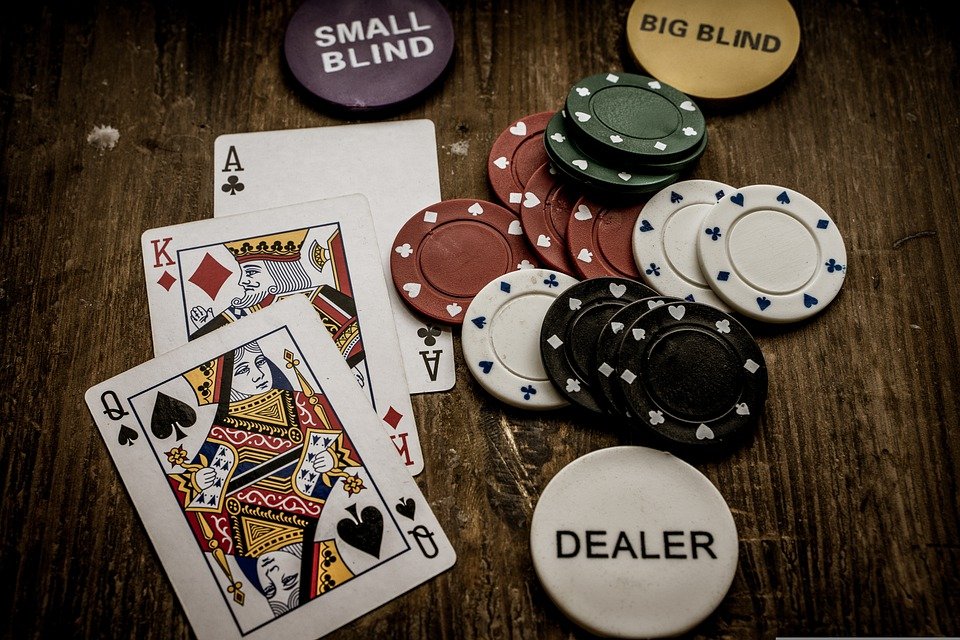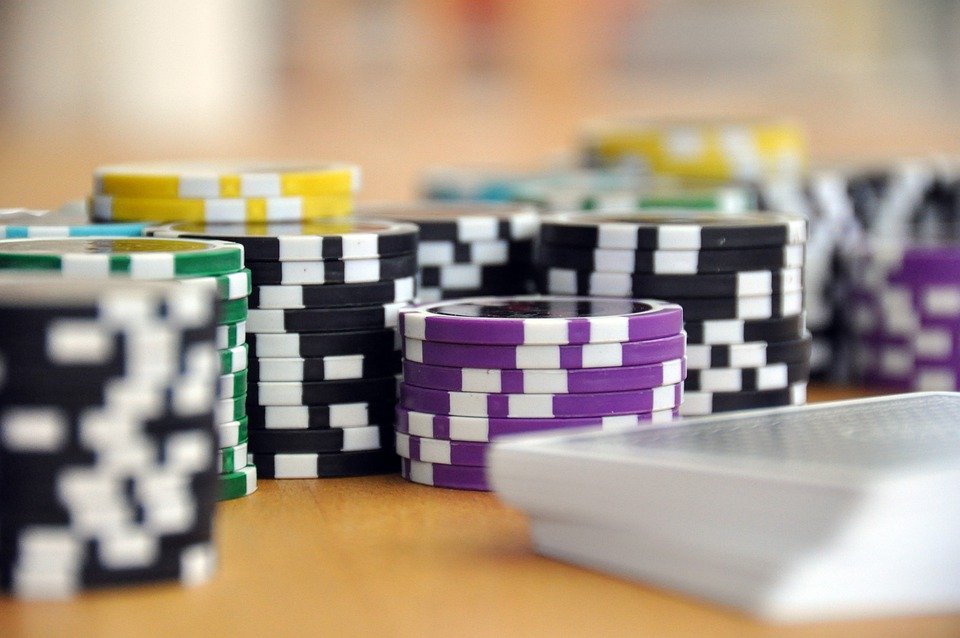
Poker has a long list of achievements. It is one of the most popular betting card games, with over 100 million people playing online poker worldwide. Its competitive scene is also thriving, as high-stakes tournaments like the World Series of Poker are held annually and broadcast globally. That is all possible due to poker’s unique skill requirements. While it can be picked up quickly, it takes a lifetime to master. That keeps poker engaging to play and practice throughout your journey, as whether you’re a beginner or a pro, there’s still more left to learn.
Another impressive part of poker is its history. Poker has been in its current form for centuries. With its popularity, longevity, and strategic depth, poker strategy has changed significantly over time. Players used advanced math, found common mistakes, and discovered new techniques. An interesting part of poker’s evolution involves the well-known “mistakes” of the past. While they were once considered bad plays only beginners make, advancements in poker strategy have allowed us to see them in a new light. This poker guide will cover these techniques along with other underutilized ones.

Donk betting
This was a kind of bet notorious for signaling a bad player. The “donk” comes from donkey, slang for new or inexperienced players making obvious mistakes. It is when the pre-flop caller bets into the pre-flop aggressor instead of checking like usual. There are multiple reasons why donk bets are not ideal. The primary reason is that they leave you at an informational and positional disadvantage. By checking, you can circumvent your position and see what the aggressor does. You can use that information to narrow their range if they checked or bet. If you donk bet, they can call it with a wide range of hands, giving you little to no information. You even act first and commit money to the pot.
While donk bets are still not recommended, especially for beginners, they have come a long way from entirely useless. They are used even by pros for niche scenarios. One is a sort of “cheap bluff” dependent on the board state. Some flops can significantly favor your range over your opponent’s, and a donk bet will allow you to put pressure on the pre-flop raiser before they can even continuation bet. A good example would be on a low but connected board like four, five, and three, and you are the big blind. The blind’s bet allows them to call with a wide variety of hands, including low pocket pairs and suited connectors. A donk bet would put pressure on a tight pre-flop raiser, as they are likely holding a hand like AK that missed the flop entirely.

Limping
For a long time, limping was seen as a “cardinal sin” of pre-flop play. It is when you enter the pot by calling instead of raising. One of the most common beginner mistakes, limping, exemplifies why a passive strategy is worse than an aggressive one. Limping gives up pot control, meaning all you get is a chance to see the flop. It does not allow you to win by getting others to fold and completely depends on you getting a good hand at the showdown. As a direct consequence, you also miss out on information you would get with a raise, as you can see how your opponents respond to it.
There are actually two types of limping, open and over-limping. Open-limping is limping as the first player to act, which is frowned upon and should rarely if ever, be used. Over-limping is calling someone’s limp, which is much more acceptable and is often used when you have a drawing hand and want to use the wave of limpers to see a cheap flop. Limping is also especially potent from the blinds since their forced bets allow them to call with a wider variety of hands.
Slow play
Finally, another infamous beginner mistake is slow playing, when you disguise your hand strength by playing passively. It stems from flawed reasoning, with beginners thinking it can get more people involved and thus build a bigger pot for them to claim. In reality, it usually results in the exact opposite. It makes the pot smaller, as you have to rely on someone else to build it for you, which can be unlikely when playing with passive players. It can also backfire horribly because you are not exerting any pressure. With a strong hand like AA, you want to stop opponents from landing possible draws and beating you. Slow play does not do this and in fact, encourages volatile multiway pots where many players could have a potentially stronger hand.
Slow play is primarily used as a counter to loose aggressive players and on dry boards. Loose aggressives like to play a lot of hands and are not scared to bet, so they bluff far more than the average player. Slow playing works against them because they often try to bluff you and call bets with various middling hands. By slow playing, you can use their bets to build the pot. Dry boards are also better for slow playing because it is less likely your opponents have any draws, so giving free cards is less punishing

Where to use these techniques
We hope this article taught you how to play poker using these obscure techniques. To practice them, sign up at GGPoker, the world’s largest poker room. Online poker is more convenient, faster-paced, and better for learning thanks to poker tracking software, an invaluable tool for analyzing your games.
 Skip to content
Skip to content





